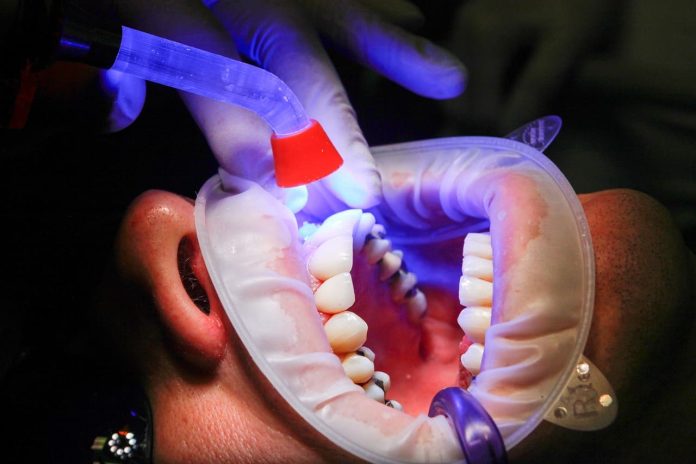
Dentistry has come a long way over the past century. What was once a field focused primarily on extractions and basic fillings has evolved into a complex medical discipline at the cutting edge of technology. This is especially apparent in private dentistry clinics, which have access to the latest tools and treatments.
Private dentists like Integrated Dental Canberra now utilise advanced technologies like digital X-rays, 3D imaging, lasers, and high-tech dental equipment. This allows them to detect problems early and perform minimally invasive procedures that have faster recovery times. Many private clinics also offer cosmetic treatments and restorative procedures using veneers, implants, and other solutions that can dramatically improve smiles.
Digital Dentistry
One of the biggest technological advancements in modern dentistry is the move from traditional impressions and models to digital dentistry. Private dental care includes the use of advanced tools like intraoral scanners to create 3D digital models of patient’s teeth. This allows dentists to have a more accurate representation of the mouth to design and customise treatments.
Digital dentistry enhances accuracy and efficiency from start to finish. Dentists can use CAD/CAM technology to fabricate crowns, bridges, veneers and other restorations in a single visit. Patient comfort is also improved with fast intraoral scanners versus messy impression materials. The digital approach provides a cleaner, more modern patient experience.
Dental Implants
Dental implants have revolutionised tooth replacement. An implant is a small titanium screw that integrates with the jawbone, replacing the root of a missing tooth. A crown is placed on top to mimic the visible portion. Implants are more comfortable, convenient, and durable than bridges or dentures.
With 3D imaging, implant planning can be performed digitally for an exact fit. Guided implant surgery allows for minimally invasive placement without sutures or cutting the gum. With the latest technology, implants can often be placed in a single appointment.
The Latest in Oral Surgery
Many oral surgery procedures like extractions and wisdom tooth removal are now quicker and more comfortable thanks to modern dentistry advances. Lasers provide minimally invasive options to traditional scalpel and drill procedures. Soft tissue diode lasers can remove growths and shape gum tissues without bleeding or sutures. Hard tissue lasers can precisely reshape bone and teeth.
Sedation dentistry is also increasingly utilised for anxiety-free oral surgery. Medications like nitrous oxide gas, oral sedatives, and IV sedation allow patients to relax in a sleep-like state. This enhances comfort, especially for longer procedures. Private dentists offer sedation to create a calm, spa-like experience.
Orthodontics and Clear Aligners
Braces and orthodontics have also benefited from recent technological improvements. Treatments are faster, more comfortable and aesthetically pleasing. Clear ceramic braces and aligners like Invisalign are popular choices to straighten teeth discreetly.
Advanced computer modelling and 3D printing allows for highly customised treatment plans and clear aligners that gradually move teeth into place. No metal wires or brackets are required. Some private dentists even offer accelerated orthodontic options that work two times faster than average.
The Future of Dentistry
Technology will continue advancing dentistry. Areas on the horizon include computer-assisted prosthodontics, nanotechnology, regenerative treatments using stem cells, and more. Private dentistry will remain at the forefront of adopting cutting-edge solutions to transform patient care and smiles.
Ultimately, dentistry has been shaped by new tools, materials and techniques that offer less invasive, quicker, and more comfortable care. Digital dentistry, dental implants, sedation, clear aligners, and laser procedures allow private dentists to provide exceptional treatments for amazing, healthy smiles. The future looks bright as dentistry continues evolving.




































